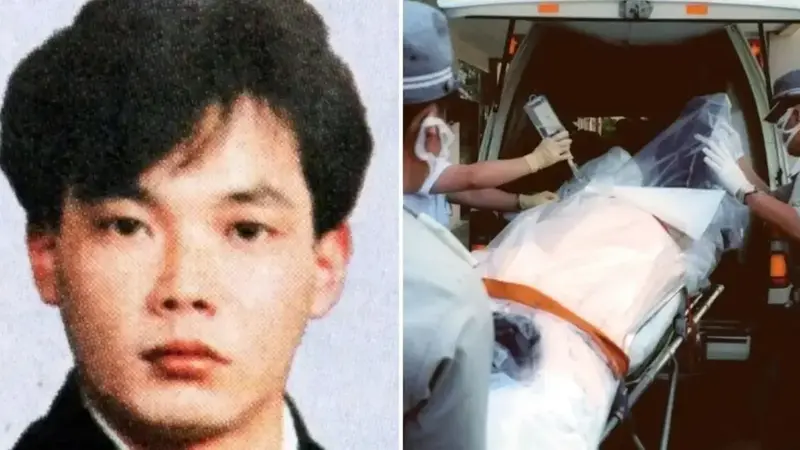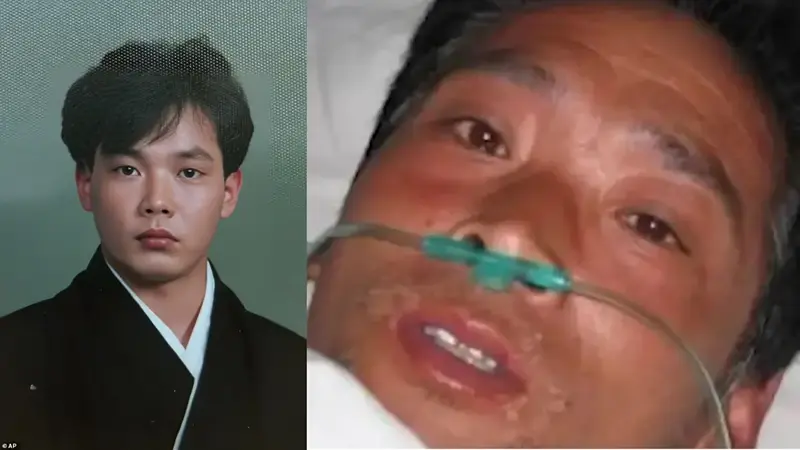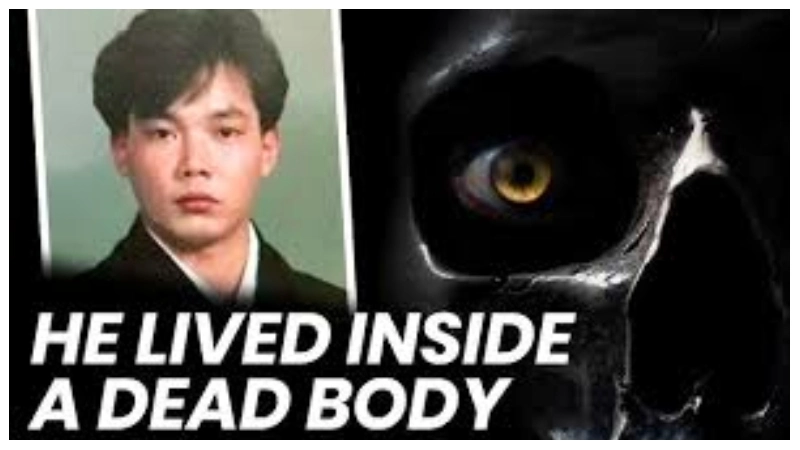Hisashi Ouchi endured one of the worst radiation accidents in history at the Tokaimura nuclear plant in Japan in 1999. The incident exposed him to extreme levels of radiation, resulting in severe, life-threatening burns. The graphic photos of Hisashi Ouchi’s injuries, which circulated globally, shocked and horrified the public. His tragic story serves as a stark reminder of the immense dangers associated with nuclear power and the critical importance of stringent safety protocols.
Photos of Hisashi Ouchi suffering highlighted the catastrophic consequences of radiation exposure, emphasizing the need for rigorous safety measures in handling nuclear materials to prevent such accidents in the future.
The Tokaimura Nuclear Accident

On September 30, 1999, Ouchi was working at the Tokaimura nuclear facility when a criticality accident occurred. Inadequate safety precautions and procedural mistakes combined to cause this accident. Ouchi, along with two of his colleagues, Masato Shinohara and Yutaka Yokokawa, was exposed to lethal doses of radiation while mixing a uranium solution in a precipitation tank.
The accident happened because they used an incorrect procedure that allowed too much uranium to accumulate in a small container, causing a nuclear chain reaction. Ouchi received the highest dose of radiation among the three, estimated to be around 17 sieverts, which is far beyond the lethal limit for humans.
Immediate Aftermath and Response
Emergency responders swiftly transported Hisashi Ouchi’s photos to a hospital, where doctors faced immense challenges managing his extensive injuries. Photos from the hospital vividly reveal the severe damage, showing Ouchi’s skin suffering from acute radiation burns.
The medical staff worked tirelessly to stabilize him, employing all available treatments. Despite their relentless efforts, Ouchi’s condition remained critical, underscoring the extreme dangers and challenges associated with severe radiation exposure.
Medical Efforts to Save Ouchi

Public Reaction and Media Coverage
The public reacted with horror to the released photos of Hisashi Ouchi. Intense media coverage of the Tokaimura accident highlighted the severity of his radiation exposure. The shocking images underscored the catastrophic consequences of such incidents.
People worldwide expressed profound sympathy for Ouchi’s suffering. These photos served as a grim warning, emphasizing the critical need for stringent safety measures in handling radioactive materials to prevent future tragedies.
Ethical Concerns About photos of Hisashi Ouchi
The publication of Hisashi Ouchi’s photos raised significant ethical questions. Critics argued it invaded his privacy, while others believed it was necessary to illustrate the accident’s severe impact. This debate persists today, reflecting ongoing concerns about the balance between public awareness and individual privacy.
Despite differing opinions, the photos remain a potent reminder of the inherent risks of nuclear energy and the critical need for stringent safety measures.
Legacy of photos of Hisashi Ouchi
Photos of the Hisashi Ouchi ordeal profoundly impacted nuclear safety protocols. Photos of his injuries played a crucial role, highlighting the urgent need for stricter regulations. As a result, nuclear plants worldwide reviewed and enhanced their safety measures.
Ouchi’s tragic experience and sacrifice led to significant changes in industry standards, aiming to prevent similar accidents in the future. His legacy endures through these vital improvements in nuclear safety practices.
Lessons Learned from the Tokaimura Accident
The Tokaimura accident taught valuable lessons. It underscored the importance of proper handling of radioactive materials. Hisashi Ouchi’s photos of injuries are stark reminders. They emphasize the need for continuous safety improvements. The nuclear industry cannot afford complacency.
Ouchi’s Final Days
For 83 days, Ouchi endured immense suffering. His body was unable to heal from the radiation damage, and his organs began to fail one by one. On December 21, 1999, Hisashi Ouchi passed away due to multiple organ failure.
His death underscored the catastrophic consequences of radiation exposure and brought attention to the critical need for stringent safety protocols in nuclear facilities.
The Importance of Nuclear Safety
Ouchi’s story underscores the importance of nuclear safety. Photos of Hisashi Ouchi’s injuries serve as a warning. They remind us of the potential consequences of negligence. Ensuring strict safety protocols is essential. Ouchi’s experience must never be forgotten.
FAQ, S
Who is Bruce Wilpon’s wife?
Bruce Wilpon’s wife is Stephanie Caro Wilpon.
What is known about Stephanie Caro Wilpon?
Stephanie Caro Wilpon is known for her philanthropic activities and involvement in various charitable organizations. She maintains a private life, focusing on family and charity work.
How long have Bruce and Stephanie Wilpon been married?
The exact duration of their marriage is not publicly disclosed, but they have been together for several years, sharing a strong bond.
Do Bruce and Stephanie Wilpon have children?
Yes, Bruce and Stephanie Wilpon have children, although specific details about their family life are kept private.
What charitable causes does Stephanie Caro Wilpon support?
Stephanie Caro Wilpon supports various charitable causes, particularly those related to education, health, and community development.
Is there any public information about their family life?
Bruce and Stephanie Wilpon prefer to keep their family life out of the public eye, focusing on maintaining privacy for their children and personal affairs.
Are there any recent public appearances or events involving Bruce and Stephanie Wilpon?
Both Bruce and Stephanie Wilpon occasionally attend public events, particularly those related to their philanthropic interests. However, they generally maintain a low profile.
How can one learn more about Stephanie Caro Wilpon’s philanthropic work?
Information about Stephanie Caro Wilpon’s philanthropic work can be found through various charitable organizations and events she supports, though detailed information might be limited due to her preference for privacy.
Conclusion
Hisashi Ouchi’s photos reveal the devastating effects of radiation exposure, providing a harrowing glimpse into his intense suffering. These images emphasize the critical need for stringent nuclear safety measures to prevent such tragedies. Ouchi’s ordeal underscores the catastrophic consequences of inadequate safety protocols in nuclear facilities.
His legacy endures through the vital lessons learned from his tragic experience, prompting the nuclear industry to adopt stricter safety standards. Ouchi’s story serves as a powerful reminder of the importance of rigorous safety measures to protect individuals from the severe dangers of radiation exposure. Please visit Kaz Grow Magazine for more details.
